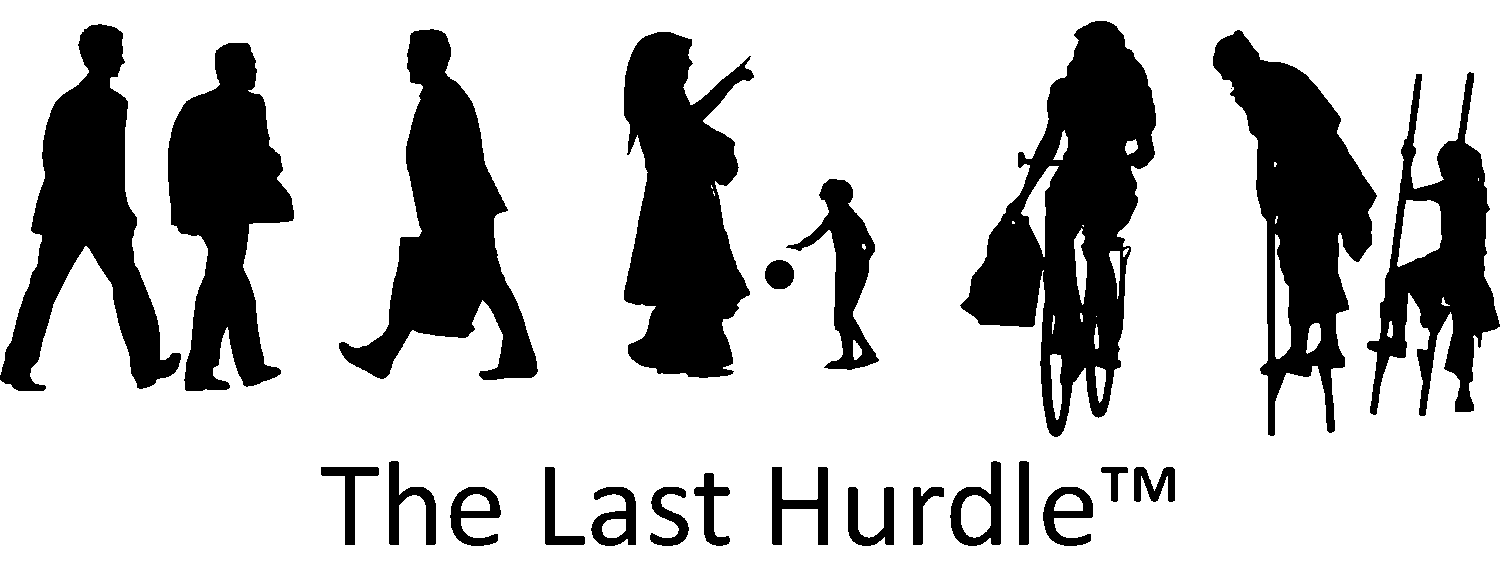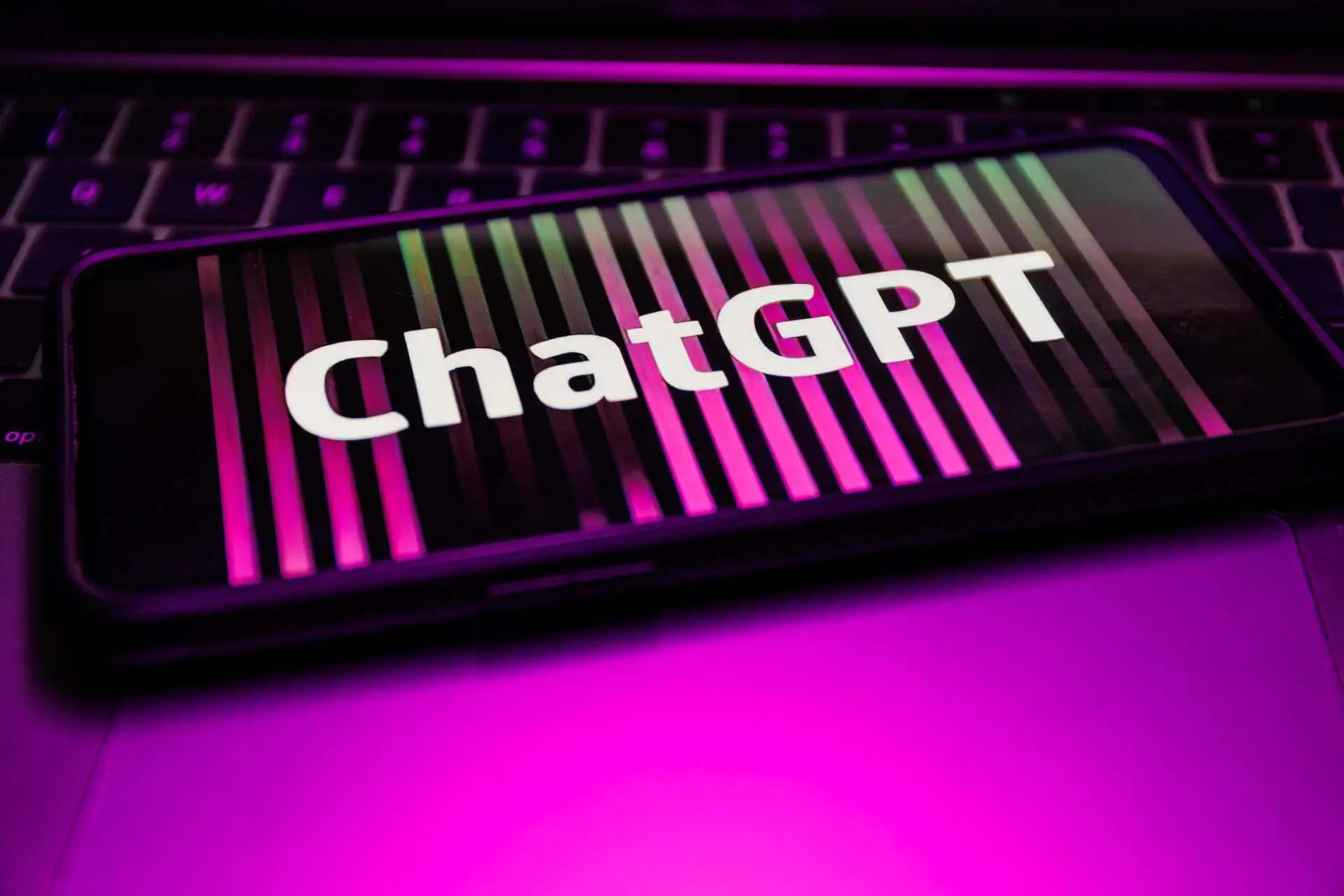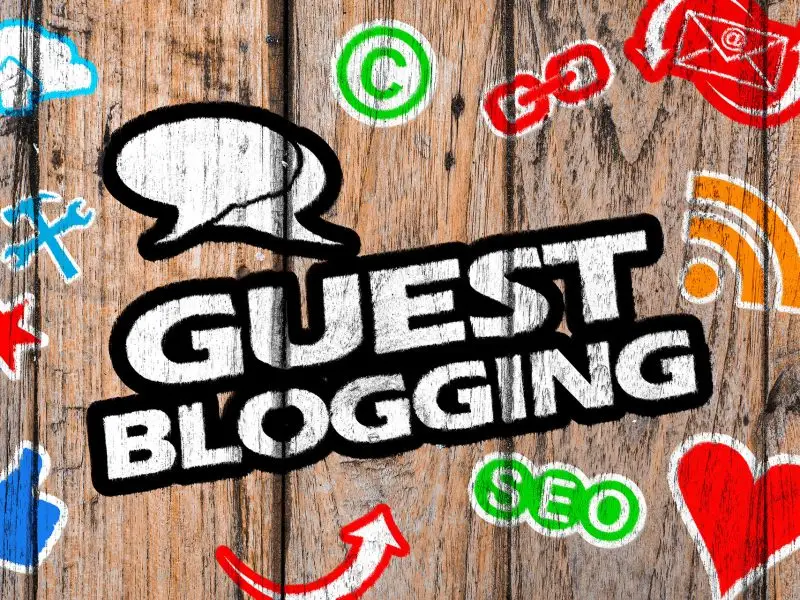What is ChatGPT?
There has been a lot of exciting talk about AI and in particular ChatGPT, but most of us are very much in the dark about exactly what ChatGPT is, what it can do, it’s limitations and whether or not we should be using it. Of course, if you ask anyone what their thoughts are on ChatGPT that is exactly what you are going to get, someone’s opinion. So, to get to the root of my own burning questions I decided to ask ChatGPT itself, an interview with ChatGPT if you like and I have to say I was pleasantly surprised by the answers, which to me, appear to be brutally accurate and unbiased, see what you think. All the following questions were inputted into ChatGPT and have been entered here unedited. I asked:
What is ChatGPT?
ChatGPT is a conversational AI model developed by OpenAI. It is a type of language model based on the transformer architecture, which was trained on a large dataset of text obtained from the internet. The model’s goal is to generate human-like text based on a prompt or context provided to it.
ChatGPT has been trained to generate text for a wide range of tasks, including answering questions, generating descriptions, translating languages, and engaging in conversations on various topics. It uses advanced natural language processing techniques to understand the context and generate coherent and relevant responses.
In short, ChatGPT is a highly advanced language model that can generate human-like text for a wide range of tasks and applications, making it a valuable tool for businesses, researchers, and developers who are interested in building conversational AI systems.
What can ChatGPT be used for?
ChatGPT is a conversational language model developed by OpenAI. It’s a type of artificial intelligence that is trained on a massive amount of text data to generate human-like responses to text input. The goal of ChatGPT is to enable human-like text-based conversations, allowing users to ask questions, provide information, or just chat. The model is based on the transformer architecture and has been fine-tuned on a diverse range of conversational data, giving it the ability to handle a wide range of topics and styles of interaction. It can be used in various applications, such as customer support, virtual assistants, or even creative writing, to provide quick and accurate responses in natural language.
Is the content from ChatGPT unique?
The content generated by ChatGPT is not necessarily unique, as it is based on patterns it has learned from the text data it was trained on. The model is designed to generate responses based on the input it receives, and it does this by selecting the most likely response based on the statistical patterns it learned from the training data. This means that the content generated by ChatGPT can often be similar to other texts that the model has seen during its training, and it may not always be original or unique. However, it’s worth noting that ChatGPT has been trained on a massive amount of text data, so the range of possible responses it can generate is vast, and it is capable of generating novel responses that are not found in the training data.

How accurate is the data in ChatGPT?
The accuracy of the information generated by ChatGPT depends on various factors, such as the quality and accuracy of the training data and the context in which the model is used. In general, ChatGPT has been trained on a large and diverse dataset, which helps to ensure that the model can generate accurate information on a wide range of topics. However, like any AI model, it is not perfect and may sometimes produce incorrect or misleading information, particularly on complex or nuanced topics.
It’s important to keep in mind that ChatGPT is a language model and not a fact-checker or expert on any particular subject. It can generate accurate information based on the patterns it has learned from the training data, but it does not have the ability to verify the information it generates. As such, it’s always a good idea to verify any information generated by ChatGPT with other reliable sources.
Can ChatGPT be used to write website content or blog articles?
Yes, ChatGPT can be used to write website content or blog articles. In fact, one of the potential uses of language models like ChatGPT is for content generation. With its ability to generate human-like text, it can be used to write articles, product descriptions, or other types of written content.
Keep in mind that the quality of the content generated by ChatGPT can vary depending on various factors, such as the quality and accuracy of the training data, the context in which the model is used, and the specific prompt or input provided. In some cases, the content generated by ChatGPT may require substantial editing or refinement before it is suitable for publication. However, it can still be a useful tool for content creators who want to save time and effort in generating written content.
It’s important to note that while the content generated by ChatGPT can be of high quality, it’s not a substitute for human creativity and judgment. ChatGPT can generate text that is grammatically correct and coherent, but it may not always be engaging, insightful, or original. As such, it’s always a good idea to review and edit the content generated by ChatGPT to ensure that it meets your desired quality and tone standards.
How up to date is the information provided by ChatGPT?
The information provided by ChatGPT is current up to its knowledge cutoff of 2021. This means that the model has not been trained on any information or events that have taken place after that date. As a result, it may not be able to provide accurate or up-to-date information on recent events or developments that have occurred since its training.
It’s important to keep in mind that ChatGPT is a language model, not a real-time information source, and its information should not be relied upon for critical or time-sensitive matters. If you’re looking for information on current events or developments, it’s always best to consult reliable and up-to-date sources.
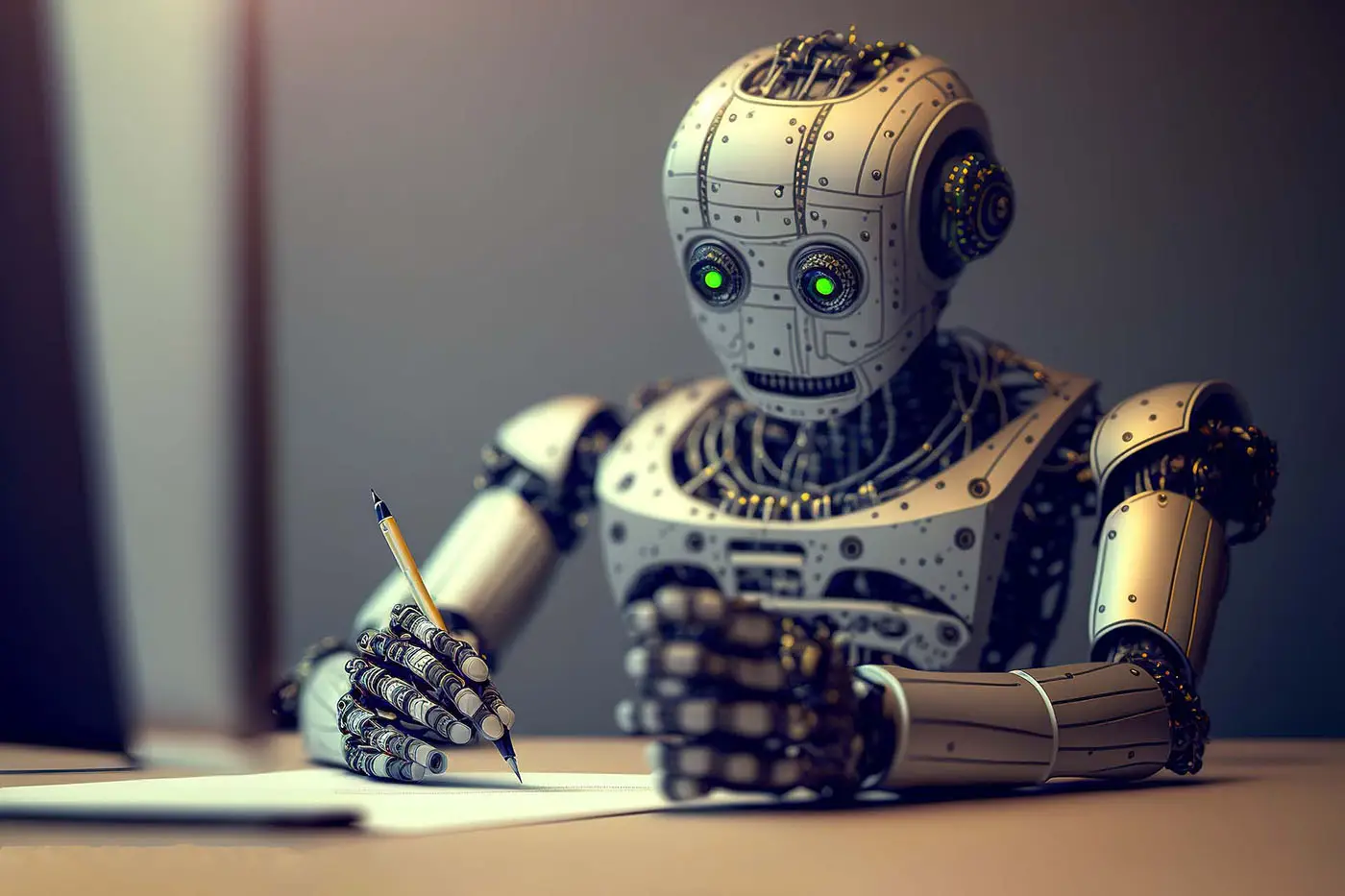
What are the risks of using ChatGPT?
There are several risks associated with using ChatGPT or similar language models, including:
- Misinformation: As mentioned, ChatGPT is not a fact-checker, and it may sometimes generate incorrect or misleading information. This could result in spreading misinformation or incorrect information, which could have serious consequences.
- Bias: ChatGPT has been trained on a large dataset of text, which may include biases or inaccuracies. As a result, the model may reflect and amplify these biases in its generated content, leading to perpetuation of harmful stereotypes or misinformation.
- Unintended use: The ease of use and accessibility of ChatGPT makes it possible for the model to be used for malicious or unintended purposes, such as spreading propaganda, fake news, or impersonation.
- Lack of originality: While ChatGPT can generate high-quality text, it may not always be original or creative. Overreliance on language models like ChatGPT could lead to a decrease in human creativity and originality.
It’s important to be mindful of these risks when using ChatGPT or similar models and to always verify the information generated by the model with reliable sources. Additionally, it’s important to use language models responsibly and to be aware of their limitations, so that we can reap the benefits of these technologies while mitigating their potential risks.
What are your tips for gaining the most from ChatGPT?
Here are some tips to help you get the most out of ChatGPT:
- Be specific in your prompts: Provide clear and concise prompts to ChatGPT, and be as specific as possible about what you’re looking for. This will help the model generate more relevant and accurate responses.
- Use context: Provide the model with relevant context, such as the topic or subject you’re interested in. This will help the model generate more informed and accurate responses.
- Verify the information: As mentioned, ChatGPT is not a fact-checker, and its information should not be relied upon for critical or time-sensitive matters. Always verify the information generated by the model with reliable sources.
- Be mindful of biases: Be aware of the potential biases and inaccuracies in the training data, and be mindful of the ways in which these biases may influence the information generated by the model.
- Use the model creatively: While ChatGPT can be a useful tool for generating text, it can also be used in creative ways. For example, you can use the model to generate writing prompts, outlines, or other types of creative content.
- Edit and refine the output: The content generated by ChatGPT is not perfect and may require editing and refinement before it is suitable for publication. Be prepared to spend time reviewing and refining the output to ensure that it meets your desired quality and tone standards.
By following these tips, you can get the most out of ChatGPT and leverage its capabilities to generate high-quality and relevant content.

Is ChatGPT free to use?
ChatGPT is not a free service and is owned by OpenAI, a research organization and technology company. To use ChatGPT, you would need to access it through an API or one of the platforms that have integrated it into their services. The cost of using ChatGPT would depend on the specific platform or API you use and the amount of usage you require. Some platforms may offer a free tier of service with limited usage, while others may charge based on the number of API calls you make or the amount of data processed by the model.
It’s important to note that OpenAI offers different pricing and access options for its models, including both cloud-based and on-premise deployment options. If you’re interested in using ChatGPT, I would recommend reaching out to OpenAI or checking the pricing and access options offered by the platform you’re interested in using.
Who owns ChatGPT?
ChatGPT is owned by OpenAI, a research organization and technology company based in San Francisco, California. OpenAI was founded in 2015 with the goal of promoting and developing friendly AI that benefits humanity. The company has since become a leading player in the development of advanced artificial intelligence technologies, including natural language processing and generative models like ChatGPT.
Who Owns OpenAI?
OpenAI is owned by its shareholders, which include a number of high-profile investors, philanthropists, and technology leaders. OpenAI was founded as a non-profit organization in 2015 with the goal of promoting and developing friendly AI that benefits humanity. However, in 2020, the company announced that it would transition to a hybrid model, becoming a for-profit company with a focus on commercializing its technology.
The current list of shareholders and owners of OpenAI is not publicly disclosed, as the company is private and its ownership information is not required to be made public. However, the company’s founders and early investors include Elon Musk, Sam Altman, Greg Brockman, Ilya Sutskever, and Wojciech Zaremba, among others.
Does ChatGPT learn from users?
ChatGPT is a machine learning model developed by OpenAI that has been trained on large amounts of text data, including books, articles, websites, and other sources. It does not learn from individual users, but rather from the patterns and relationships it finds in the data it was trained on.
However, it is possible for the developers of ChatGPT to fine-tune the model based on additional data, such as feedback from users. For example, if a large number of users consistently provide feedback on certain topics or use the model in specific ways, the developers may choose to use this information to improve the model’s performance on these tasks.
It’s also worth noting that there are other machine learning models and services that can be trained on specific data sets and fine-tuned for specific use cases. These models can be customized and trained to learn from user data and feedback, so the ability to learn from users depends on the specific implementation and deployment of the model.
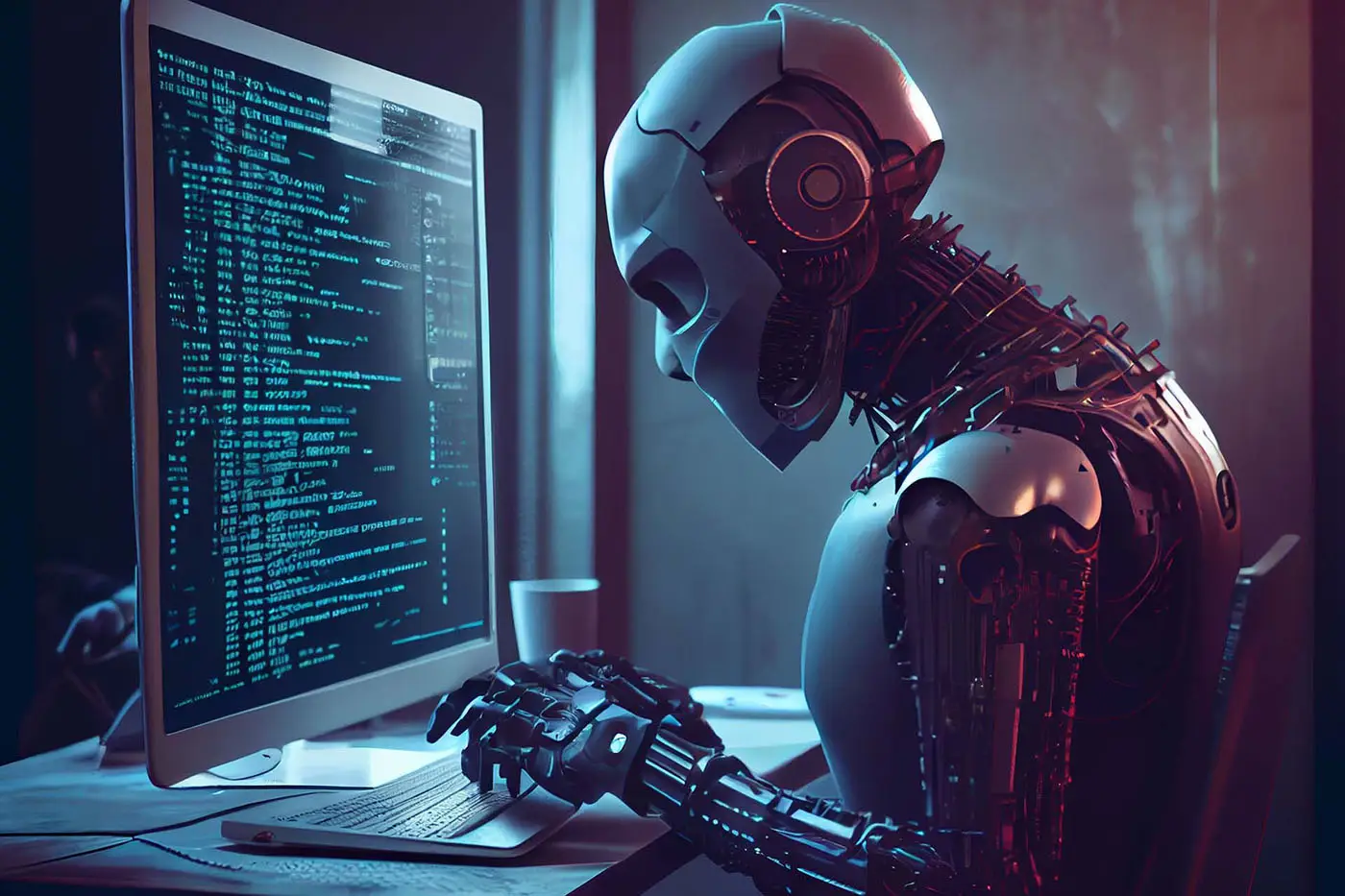
Who owns the content produced by ChatGPT?
The ownership of the content generated by ChatGPT can be a complex issue, as it depends on the specific terms and conditions of the platform or API that provides access to the model.
In general, the content generated by ChatGPT is the property of OpenAI, the company that owns and developed the model. However, many platforms and APIs that provide access to ChatGPT may have specific terms and conditions that allow users to use and reuse the generated content in specific ways.
For example, some platforms may allow users to use the generated content for personal or non-commercial purposes, while others may allow commercial use with attribution to OpenAI. In some cases, platforms may also allow users to modify or repurpose the generated content, while others may limit the ways in which the content can be used.
It’s important to carefully review the terms and conditions of the platform or API you use to access ChatGPT, as well as any applicable laws and regulations, to determine the specific ownership and usage rights for the content generated by the model.
Does content from ChatGPT require attribution when used?
The requirement for attribution when using content generated by ChatGPT depends on the specific terms and conditions of the platform or API that provides access to the model. Some platforms may require attribution, while others may not.
In general, OpenAI, the company that owns and developed ChatGPT, has made the model available through various platforms and APIs with the goal of encouraging its use and widespread adoption. As such, the specific attribution requirements for content generated by ChatGPT may vary based on the platform or API.
For example, some platforms may require attribution to OpenAI in the form of a citation or a mention in the text, while others may not. Some platforms may also require the use of a specific attribution format or logo, while others may be more flexible.
It’s important to carefully review the terms and conditions of the platform or API you use to access ChatGPT, as well as any applicable laws and regulations, to determine the specific attribution requirements for the content generated by the model.
What is ChatGPT relationship with Bing?
ChatGPT and Bing are two separate and distinct technologies developed by different companies.
ChatGPT is a language model developed by OpenAI that has been trained on large amounts of text data to generate human-like responses to natural language queries.
Bing is a search engine developed by Microsoft that allows users to search the web for information, images, videos, and other types of content.
While ChatGPT and Bing both deal with language processing and information retrieval, they are separate technologies with different purposes and capabilities. Bing is designed to provide users with access to information from the web, while ChatGPT is designed to generate human-like responses to natural language queries.
It is possible that the developers of ChatGPT or other AI systems may use information from Bing or other search engines as part of their training data, but this does not mean that ChatGPT and Bing are directly related or integrated with each other.
Comment on the last question and the answer:
And this is where it becomes painfully apparent that the data provided is not up to date. Earlier this week the BBC Reported: “Microsoft has announced a new version of its search engine Bing, which incorporates the latest in artificial intelligence. The overhaul deploys OpenAI’s ChatGPT technology, which has taken the world by storm since its launch last year.”
So perhaps, not the most reliable source in its current form.
What Is ChatGPT Summary
Here are a few of my takeaways from this exercise, I am sure you will draw your own points too:
- As you can see, there is duplication in the answers given, although the programme recognises these and draws your attention to them by saying “as previously mentioned”
- There are risks:
- no fact checking.
- potential bias.
- ChatGPT owns the content – you need to check how it can be used.
- attribution might be required.
- data is not up to date.
- As a way of planning and mapping out article or website content it can be a very useful tool.
- I will find it very useful as a way to generate topic ideas.
- I was pleasantly surprised at how “honest” the answers appear to be.
- The tone of the replies is very impersonal, for a blog or other site content, you will want to rewrite answers in your own voice.
- They are rather shy about who owns ChatGPT and I had to ask two questions to get a more detailed answer.
- It’s knowledge is not up to date, it stops at 2021. This could mean that key or more up to date information is missing.
- The content might not be unique, if published in the format presented, this might have a negative impact on your organic SEO (duplicated content), so extensive editing and rewriting is advised.
- As with all projects, the more detailed brief you give ChatGPT the better the result will be.
I think this tool is going to be very useful, as long as you acknowledge and remember the limitations and risks. There are so many more questions I asked but didn’t include here, mainly because I am nosey and headed off down a few other rabbit holes. If you have burning questions about ChatGPT try it out, it is incredible and the potential is both exciting and very scary (anyone remember Skynet? Cue ominous Terminator music).
Do I think ChatGPT will replace content writers?
No, at least not yet. There are just too many gaps and risks and of course it lacks your own tone, but the potential is huge and I will be using this tool to help plan out content, although I will be heavily rewriting, fact-checking and editing anything I glean. Interesting, for those into SEO, the article sentence length is deemed too long for more than 50% of the content and the passive voice scores over 30% – the content for both readers and search engines definitely requires editing! I do think this tool is going to be very useful, as long as you acknowledge and remember the limitations and risks.

